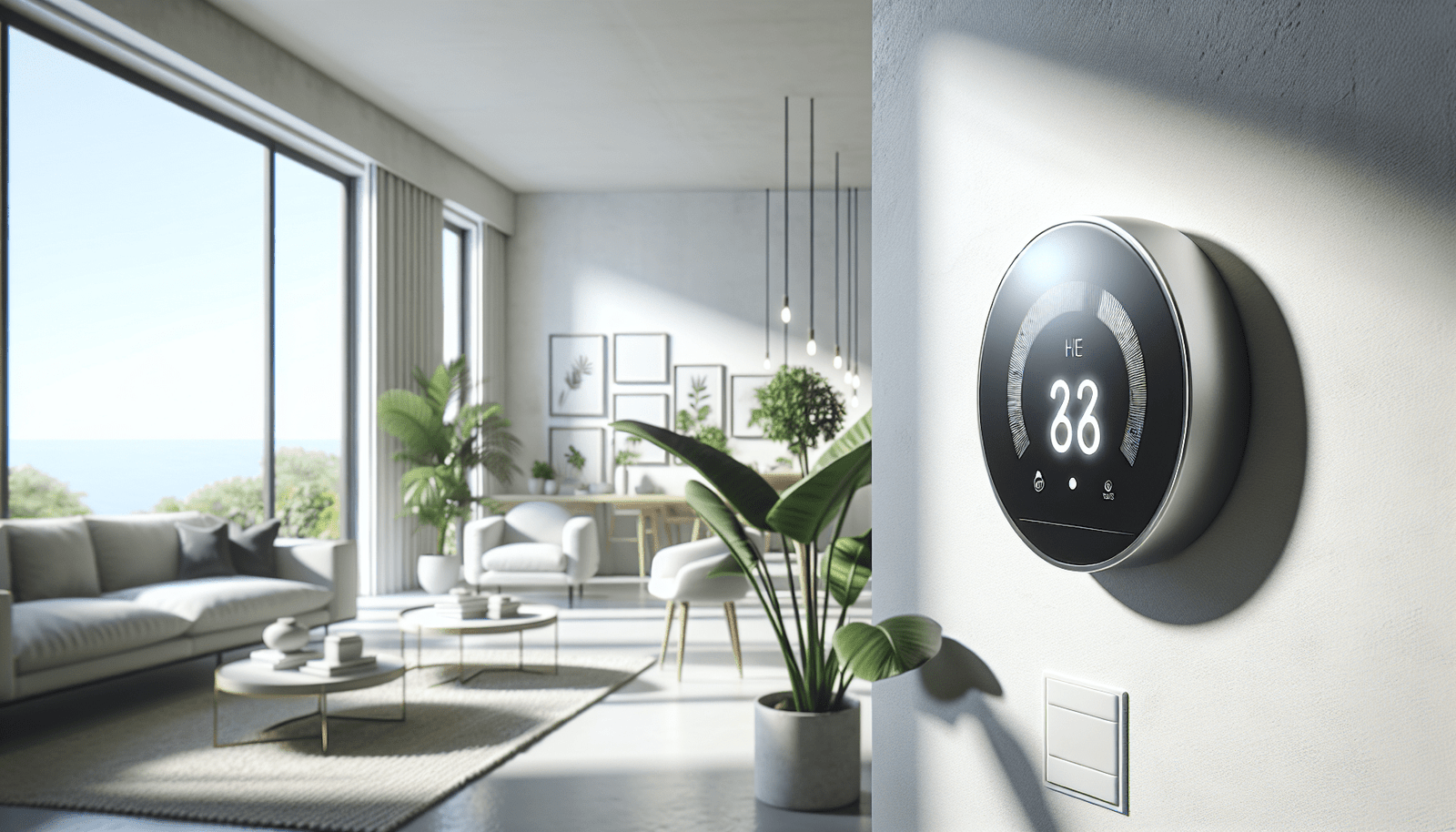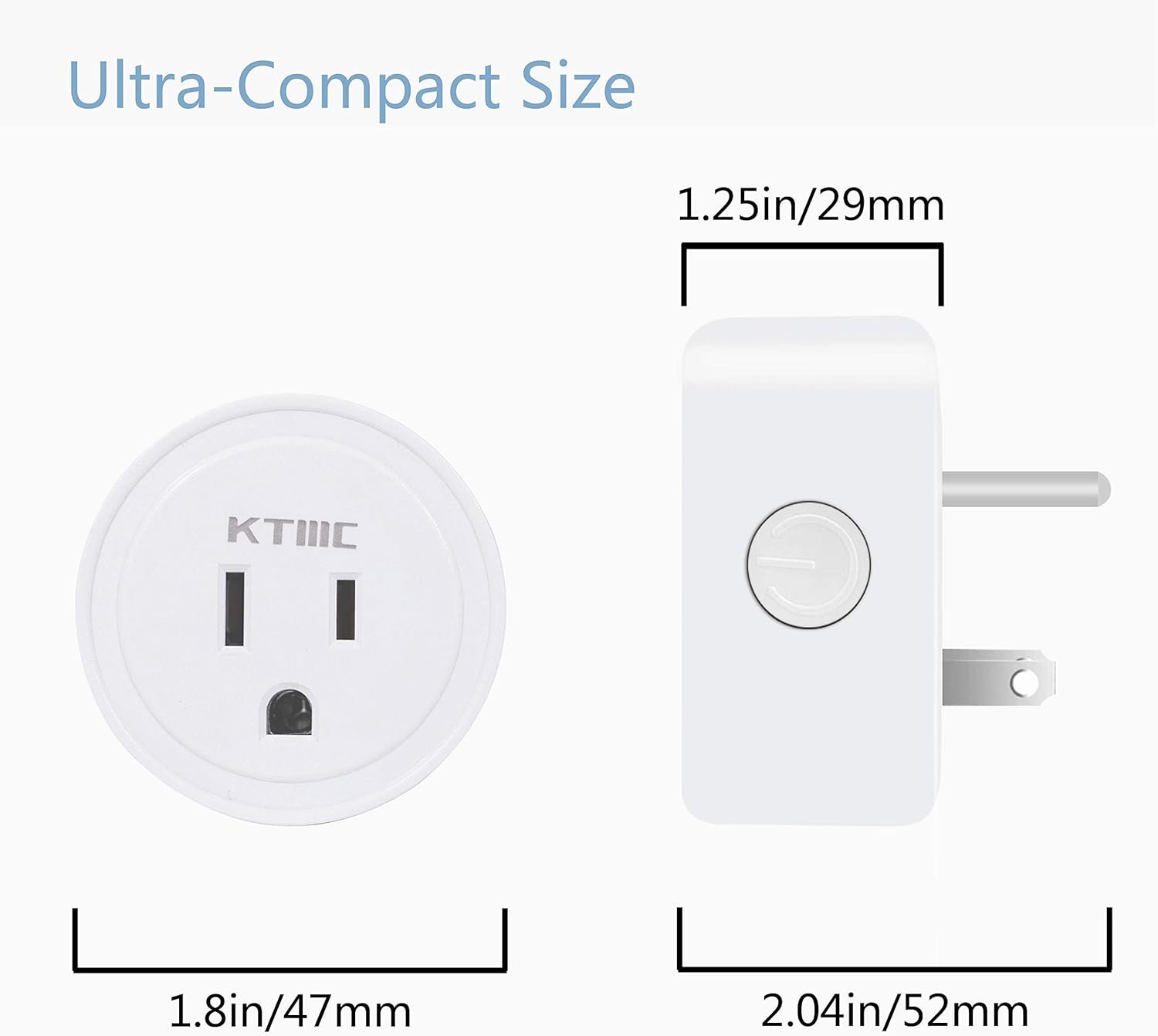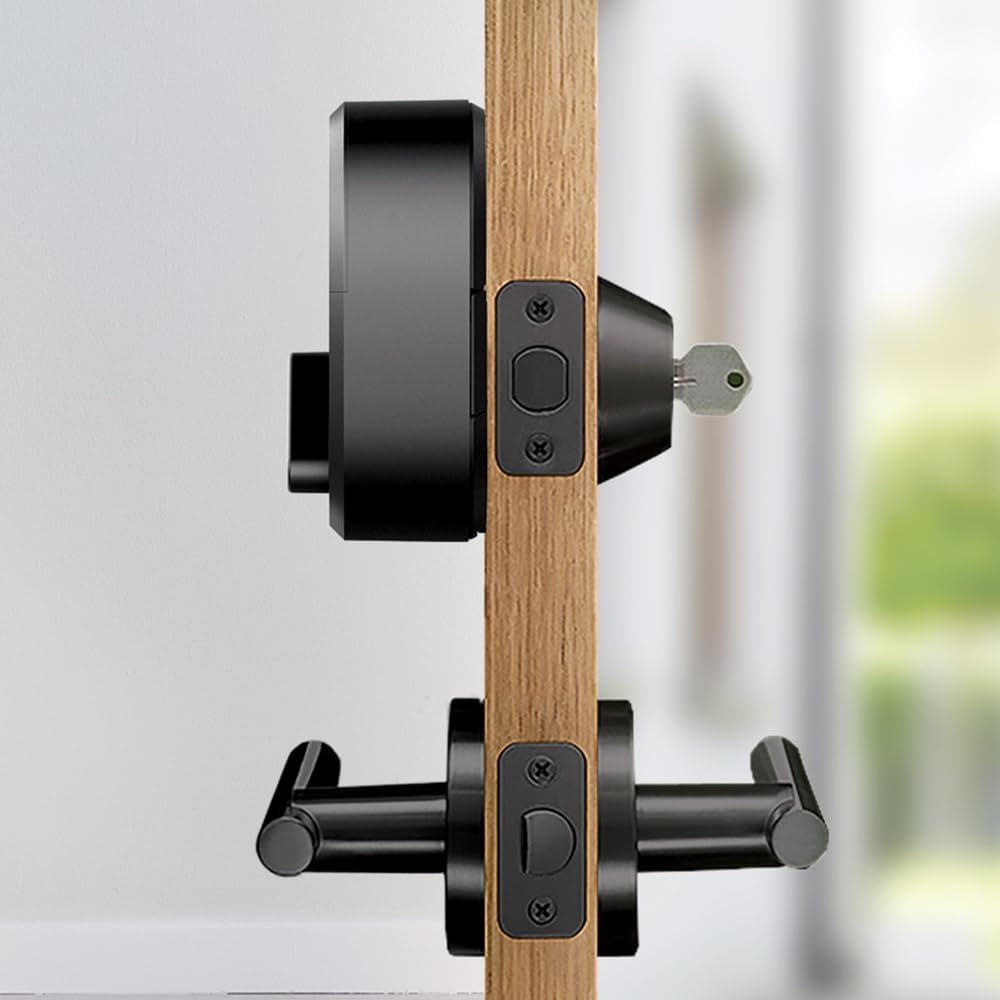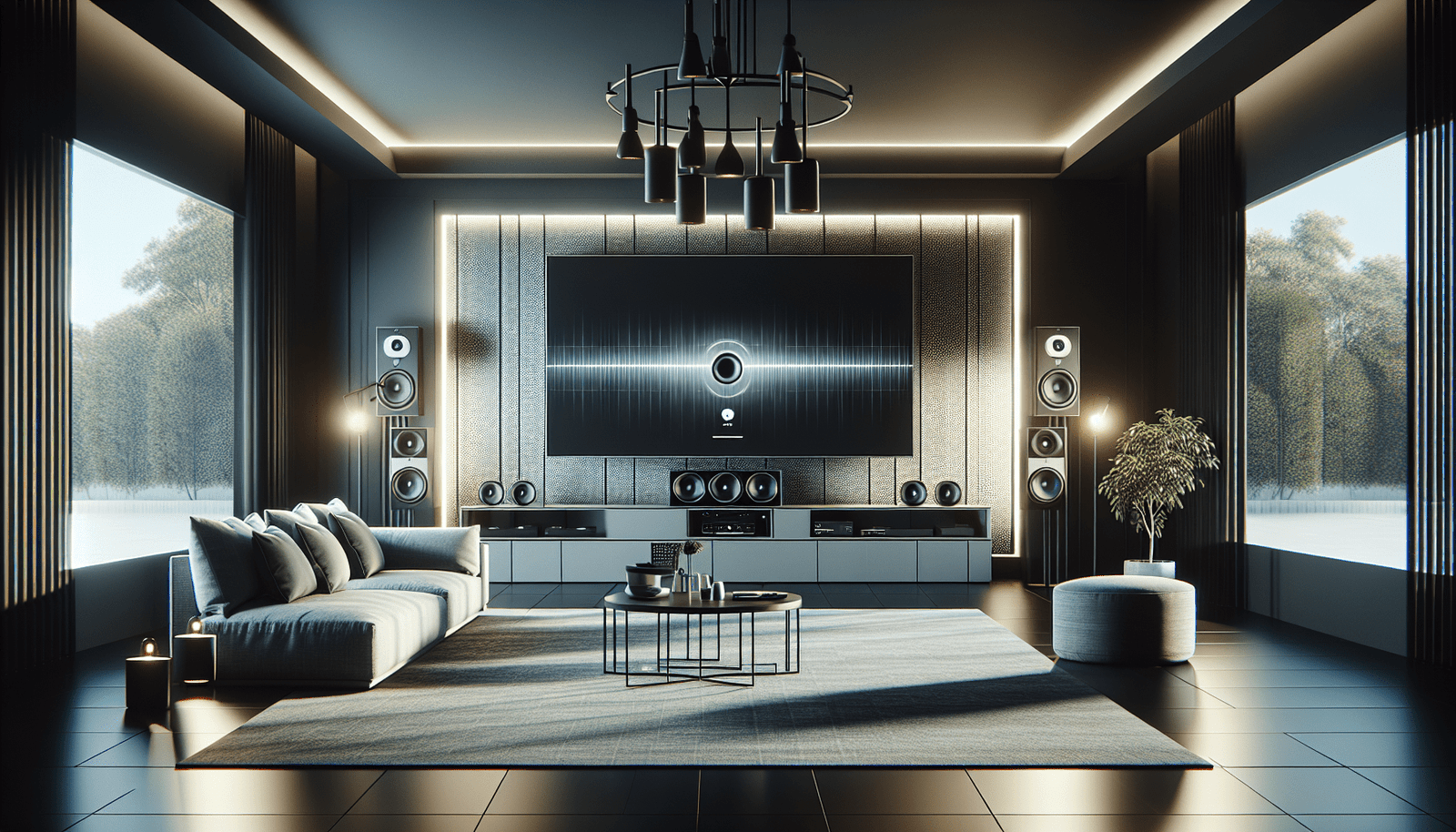Have you ever wondered how much easier and more cost-effective your life could be with a little help from technology? Imagine living in a place where everything from your lights to your thermostat knows just how to work in harmony with your lifestyle. Smart home devices are revolutionizing our living spaces, turning them into efficient, enjoyable, and economical environments. Let’s dive into how these devices can enhance your home and save you money on utilities.
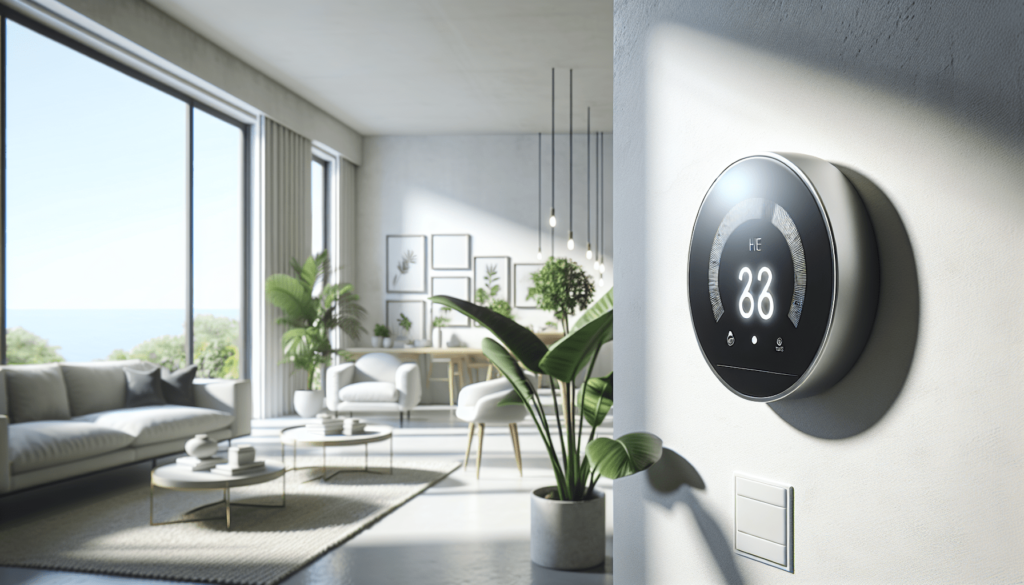
What is Smart Home Technology?
Smart home technology refers to a variety of devices and systems that can be controlled remotely via the internet. These devices range from thermostats and light bulbs to appliances and security systems. They communicate with each other and can often be operated through a central hub or voice-activated assistant like Amazon Alexa or Google Assistant. By automating routine tasks and giving you the power to control your home from anywhere, these devices provide convenience, efficiency, and peace of mind.
Why Consider Smart Home Devices?
You’re probably thinking about how this modern technology can benefit you. Apart from offering comfort and convenience, smart home devices have a direct impact on reducing energy consumption and saving money. Let’s delve into some compelling reasons to consider upgrading your home.
Enhancing Daily Convenience
Smart home devices simplify mundane tasks. Imagine your coffee machine starting automatically at the crack of dawn or your thermostat adjusting the temperature before you even get out of bed. These devices can adapt to your schedule and preferences, making your daily routine as seamless as possible.
Energy Efficiency and Cost Savings
Smart devices are designed to be energy efficient. By ensuring devices run only when necessary and optimizing energy usage, your utility bills can significantly decrease. For instance, smart thermostats learn your schedule and adjust the heating or cooling accordingly, preventing unnecessary energy use.
Increased Security
Security is a top priority for many homeowners. smart home security systems provide real-time alerts and allow remote monitoring of your property. From smart cameras to doorbell cams and smart locks, technology ensures you can keep an eye on your home from wherever you are.
Added Property Value
Incorporating smart technology into your home can boost its appeal and market value. Potential buyers see smart home devices as a modern and attractive feature that provides long-term savings and convenience.
Costs and Return on Investment
Every investment comes with costs and potential returns. With smart home devices, you’ll need to consider initial costs, potential savings, and long-term value.
Initial Installation Costs
The initial setup can be an investment ranging from a couple of hundred to thousands of dollars, depending on the complexity and number of devices. However, many devices are now more affordable and versatile, making it easier for homeowners and renters alike to take advantage of these technologies.
Long-Term Savings
The savings don’t stop at convenience; your wallet benefits too. Smart thermostats can save up to 10-15% on your monthly heating and cooling bills. Over time, these savings can offset the initial investment costs and continue to contribute to your budget.
Return on Investment
Not only do smart home devices save money on utilities, but they also add resale value to your property. Homes equipped with smart technology often sell faster and at higher prices than those without. This potential return on investment can make initial costs more palatable.
Choosing the Right Smart Home Devices
Selecting the optimal smart home devices involves comparing features, benefits, and compatibilities to best suit your needs.
Real-World Use Cases
Consider the products available and how they can fit into your lifestyle. For example, smart lighting can be scheduled to mimic your presence when away, enhancing both comfort and security. Other devices, like smart kitchen appliances, streamline meal prep through automation and efficiency.
Comparisons and Examples
Here’s a brief comparison of some key smart home devices to aid your decision-making process.
| Device Type | Popular Brands | Features |
|---|---|---|
| Smart Thermostats | Nest, Ecobee, Honeywell | Learning functions, mobile app integration |
| Smart Lighting | Philips Hue, Wyze, LIFX | Color-changing, voice control, energy-efficient |
| Smart Security | Ring, Arlo, SimpliSafe | Real-time alerts, video recording, remote access |
| Smart Appliances | Samsung, LG, Bosch | Wi-Fi capabilities, energy monitors, smart sensors |
Practical Setup Guides
Once you’ve chosen your devices, setting them up correctly is crucial. Begin by downloading the device’s companion app and follow on-screen instructions for pairing with your Wi-Fi network. Ensure compatibility with your existing systems and consider consulting user manuals or online resources for troubleshooting.
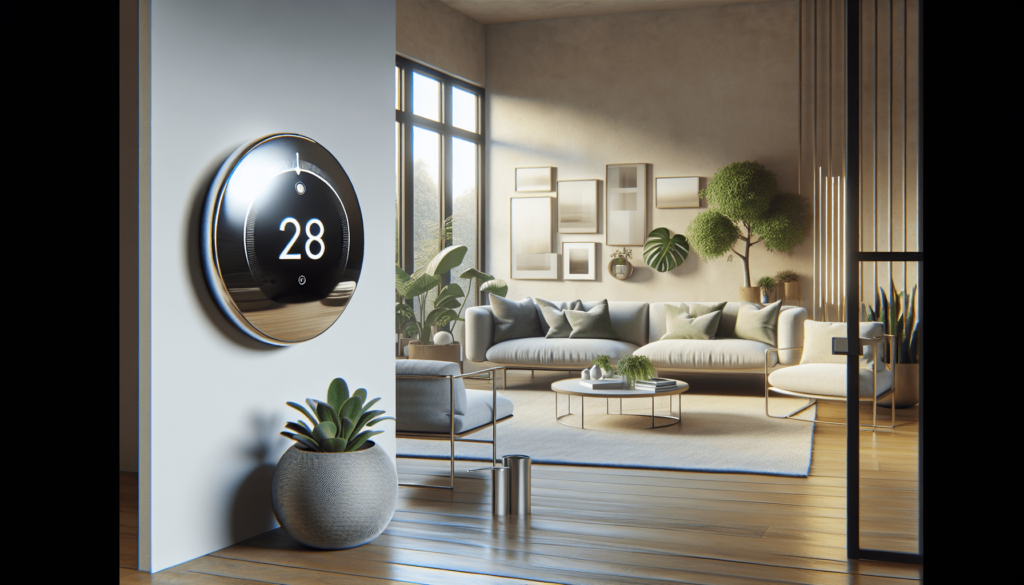
Security and Privacy Considerations
As with any technology, it’s essential to consider security and privacy. Smart devices collect data to enhance user experience, so understanding how this data is used and protected is vital.
Potential Risks
Data breaches are a concern, and smart devices can be a target if improperly secured. To mitigate risks, consistently update device firmware, use strong, unique passwords, and enable two-factor authentication whenever possible.
Best Practices
Stay informed about privacy settings and data-sharing policies. Regularly check for software updates and patches. Educating yourself on what data is collected and its usage can help you maintain control.
The Impact of Smart Devices on Energy Efficiency
Smart devices aren’t only about convenience and cost savings; they contribute significantly to sustainability and energy efficiency—preserving our environment while lowering utility bills.
Reducing Energy Consumption
By optimizing when and how devices operate, smart technology reduces unnecessary energy consumption. Motion-sensing lights, smart plugs, and energy-efficient scheduling ensure devices are active only when needed.
Sustainability Initiatives
Several smart home devices offer eco-friendly programs that encourage sustainable practices. They track energy usage and provide detailed reports, empowering you to make informed decisions about your consumption habits and potentially reducing your carbon footprint.
Ensuring Compatibility and Connectivity
A seamless smart home experience requires ensuring that your devices are compatible with each other and your network.
Device Interactions
Smart devices communicate through various protocols like Wi-Fi, Zigbee, and Z-Wave. Understanding these connections helps create a cohesive ecosystem where devices work harmoniously.
Platform Compatibility
Ensure your chosen smart devices are compatible with your preferred platforms and voice assistants. Many devices support Google Assistant, Alexa, and Apple HomeKit, enabling you to control them through a single interface.
Looking Ahead: Future-Proofing Your Smart Home
As technology evolves, so does the smart home industry. Staying ahead of trends ensures your home remains cutting-edge and adaptable.
Emerging Trends
Upcoming trends include AI-driven personalization, integration with renewable energy sources, and advancements in home security and automation. Keeping abreast of developments can help you make timely and informed decisions.
Future Considerations
While current devices offer considerable enhancements, future innovations may impact the smart home market. Consider scalable solutions that allow for easy upgrades and expansion without the need for complete overhauls.
Final Thoughts
By choosing smart home devices, you’re investing in a lifestyle that is not only convenient but also sustainable and economical. These technologies enhance your quality of life by creating a more connected, efficient, and secure environment. Ultimately, smart home devices offer a practical approach to modern living, providing peace of mind while keeping your budget intact. Whether you are a homeowner, renter, or investor, understanding and integrating smart technology into your daily life is a step toward a smarter future.
